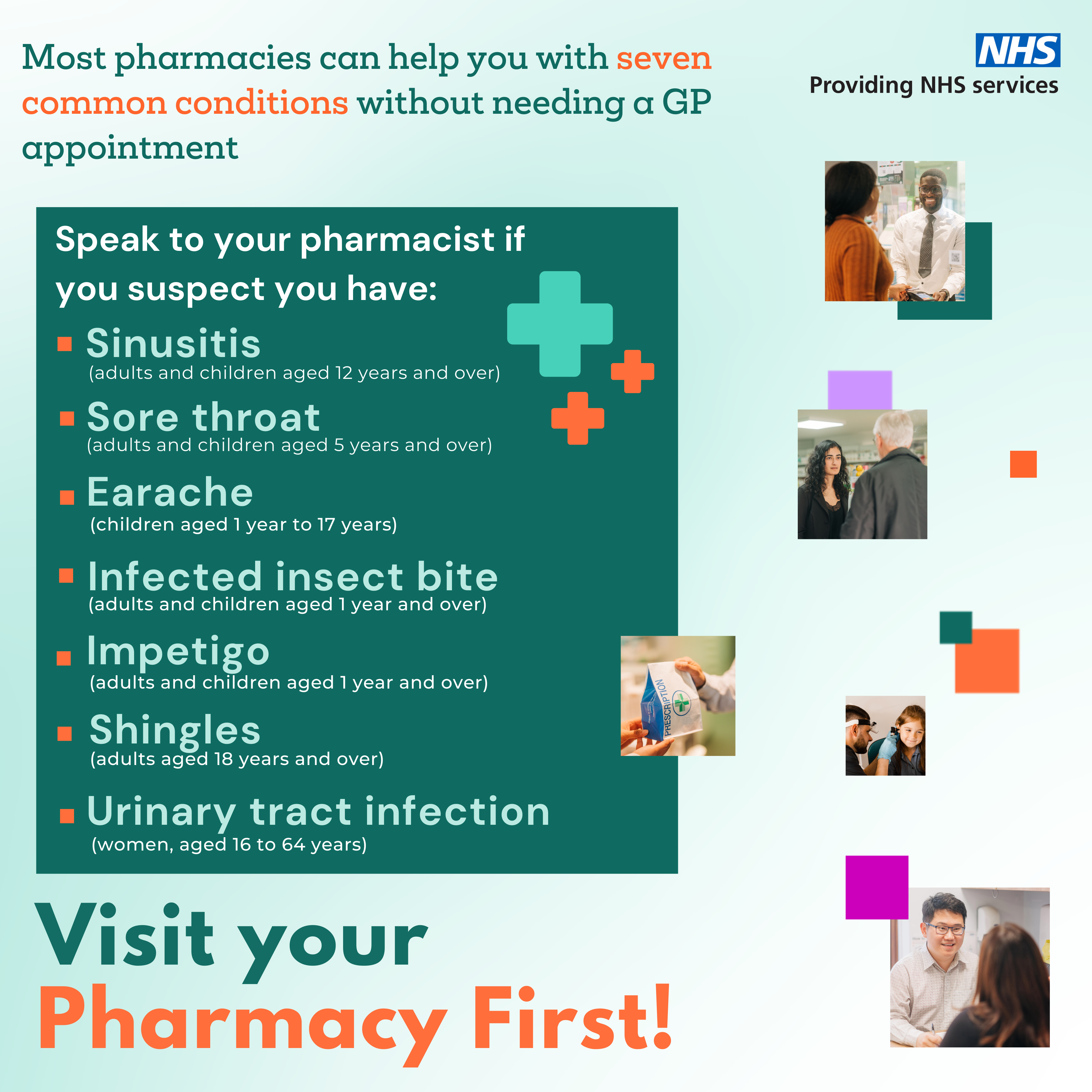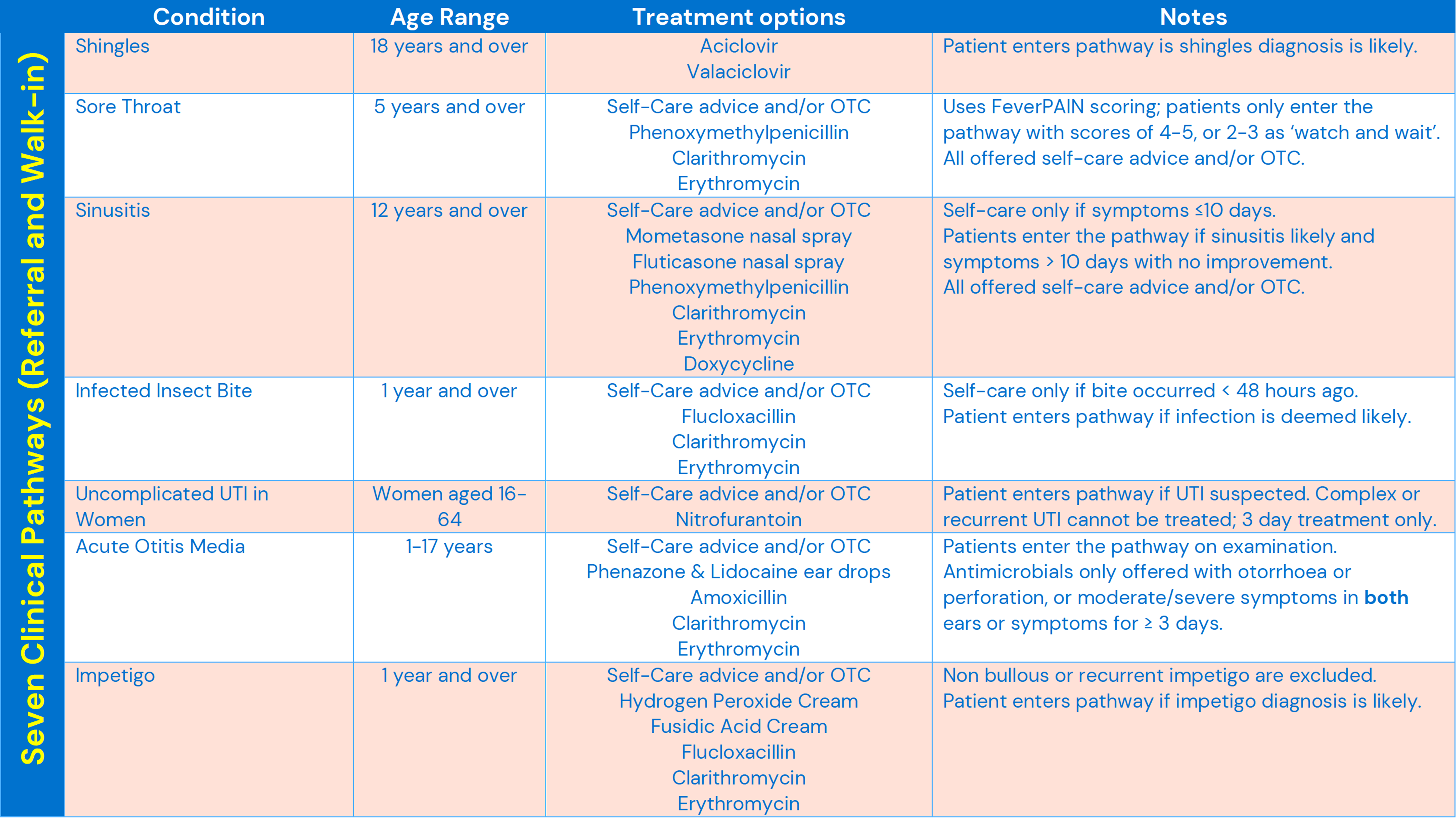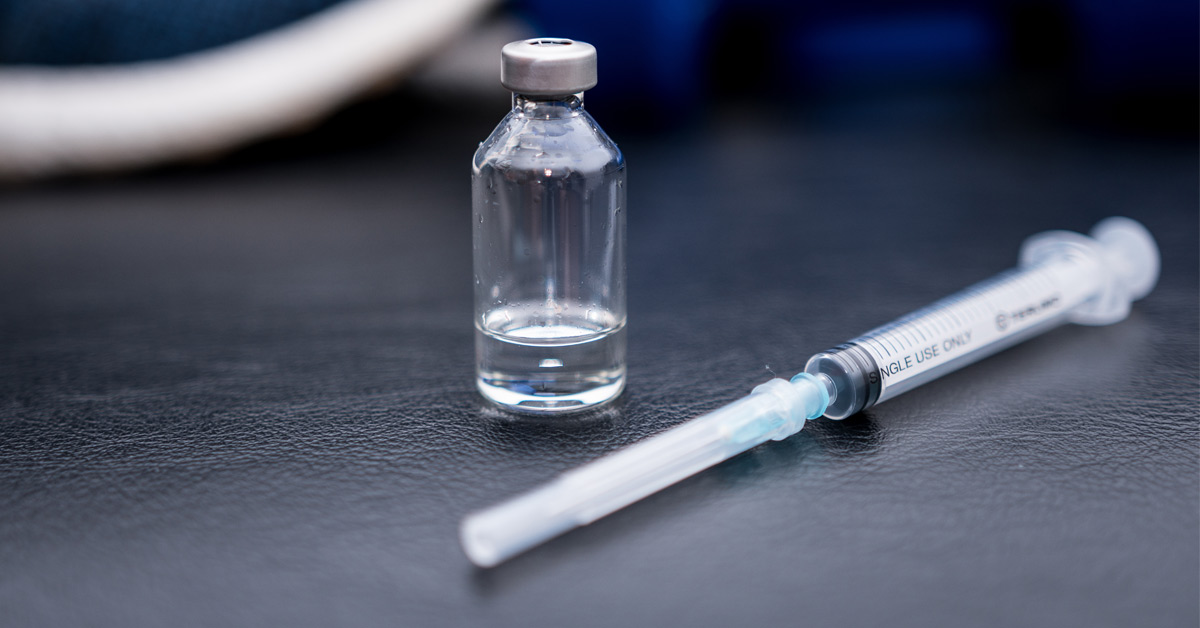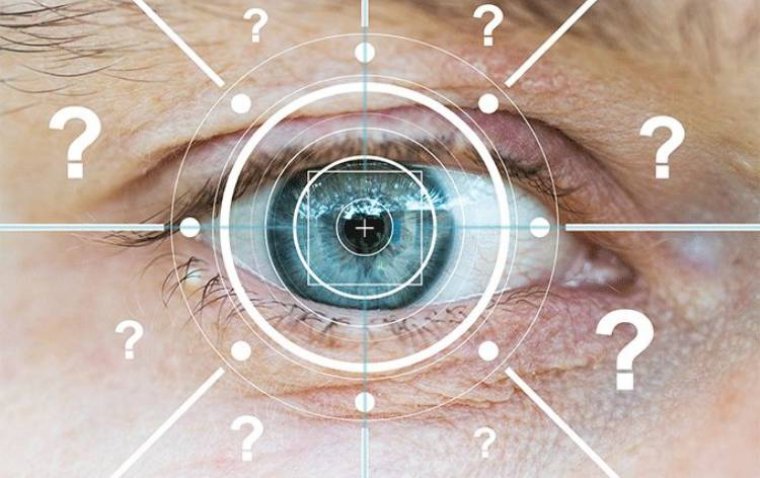Pharmacy First – The Seven Clinical Pathways (Referral and Walk-in)
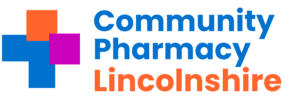 Pharmacy First, due to launch on 31st January 2024, comprises the existing CPCS service which includes referrals for minor acuity conditions (from 111 and General Practice) and for emergency medicine supply (from 111 only). It also includes a new element, which will allow assessment and treatment for seven core conditions; these clinical pathways will be available both by referral and as a walk-in service for patients. For general practice, the mechanisms of triaging and referring patients into pharmacies should continue, although we anticipate that the IT solutions may change slightly. The evolution of the service means that pharmacists will be able to deal with a wider range of conditions directly, to better support patients as part of the Primary Care Access and Recovery Plan. It is vital that practices continue to refer patients into pharmacies directly (rather than simply signposting patients to a pharmacy) to help manage patient flow across both general practice and community pharmacy. Using referral ensures that the patients referred for minor conditions are managed through the service (rather than through self-care within the pharmacy) as the pharmacist is required to enter information regarding the consultation onto clinical systems which will then integrate into their clinical record within general practice.
Pharmacy First, due to launch on 31st January 2024, comprises the existing CPCS service which includes referrals for minor acuity conditions (from 111 and General Practice) and for emergency medicine supply (from 111 only). It also includes a new element, which will allow assessment and treatment for seven core conditions; these clinical pathways will be available both by referral and as a walk-in service for patients. For general practice, the mechanisms of triaging and referring patients into pharmacies should continue, although we anticipate that the IT solutions may change slightly. The evolution of the service means that pharmacists will be able to deal with a wider range of conditions directly, to better support patients as part of the Primary Care Access and Recovery Plan. It is vital that practices continue to refer patients into pharmacies directly (rather than simply signposting patients to a pharmacy) to help manage patient flow across both general practice and community pharmacy. Using referral ensures that the patients referred for minor conditions are managed through the service (rather than through self-care within the pharmacy) as the pharmacist is required to enter information regarding the consultation onto clinical systems which will then integrate into their clinical record within general practice.
The Seven Conditions
There is a clearly defined clinical pathway for each of the seven conditions, which show when a patient may be assessed and (where appropriate) treated under the clinical pathway consultation part of the Pharmacy First service (the gateway point), or when they should be referred to another healthcare professional. These pathways are robust and aligned to current NIVRE guidance. These will be used by pharmacists to determine whether patient are eligible for the service, or whether self-care advice or referral is necessary. In the clinical pathway consultation with a pharmacist, people with symptoms suggestive of the seven conditions will be provided with advice and will be supplied with self-care advice and, where clinically appropriate, with a prescription-only treatment under a Patient Group Direction (PGD) or in one pathway, a pharmacy medicine, at NHS expense. We have summarised the seven conditions and treatments that can be given below.
Further Information
Community Pharmacy England have produced a briefing for Local Medical Committees and General Practice that can be accessed here.
Links to a Poster and a social media graphic are available for download.
